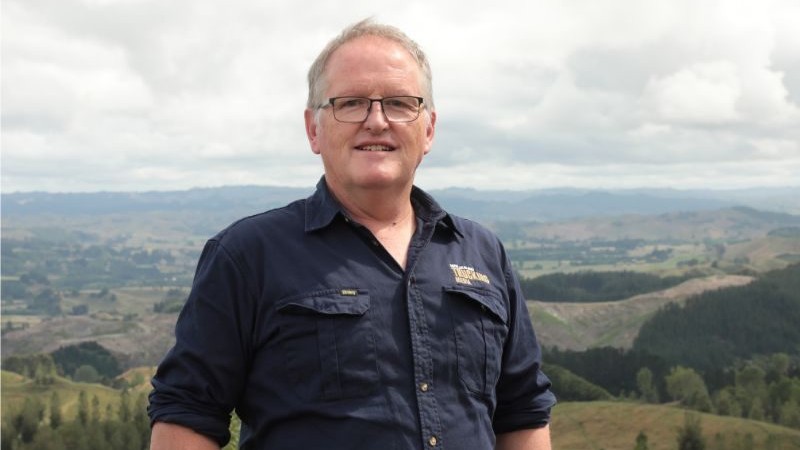
I’m always interested listening to people lament the apparently slow arrival of the alternative propulsion fleet into our world.
From where I sit, the issue is society’s generally two-sided perception of progress in the 21st century; an endemic social issue with tentacles in many other behaviours.
On the one hand we live in a world with an incredibly low tolerance for delay – take the return of emails as a prime example, or lead times on the delivery of goods. On the other hand, our tolerance for the endless timelines in the delivery of new infrastructure is equally absurd.
Interestingly, many seem to apply the instant gratification mentality to the single largest infrastructural project the world will likely see in the next century at least – the repowering of the global land-based fleet and support networks. To make it even more complex, we’re trying to swap out a single propulsion methodology for multiple.
What I think has brought on the immediacy in public expectation is the immediacy of the need, advocated by those charting the planet’s environmental shift, and the political advantage that message has been seen to contain.
I think given the scale of the project, it is actually coming at us like a tsunami, and the best way to get a gauge on that is in time chunks of five years, and then metaphorical application of the rule of compounding interest.
Considering the world essentially lost a year in the last five-year chunk, I’m going to duck back one extra year, to 2018 and visit of Marc Llistosella, global head of Fuso, part of Daimler Truck and Bus AG at the time. He sat and chatted about what was just over the horizon. At the time eCanter had been launched in a number of cities around the world but wasn’t here yet. The upstarts Milton and Musk were firing barbed salvos at the existing OEMs, as there was little in the way of tangible ‘metal’ from them. Llistosella paid scant regard. Alternatives at the Hannover show were still a small percentage of the exhibits.
Locally a company called Hiringa Energy had been formed 18 months prior, but their role was not widely understood by most. An electric car here was hard to find and a pure BE truck almost impossible. There were a few hybrids running around and SEA Electric was active on the fringes.
Leap forward six years. This year a diesel ICE will likely be even harder to find at Hannover than it was in 2022. BE and alternatively fuelled commercial vehicles in Europe number in the low tens of thousands, with at least one example of an entire fleet of BE trucks in energy-rich Norway. Major OEMs now have complete BE heavy truck offerings. Volvo has won IToY with FH-Electric.
The US heavy electric regional distribution fleet is expanding exponentially. FCE heavy vehicles are poised for their day, pretty much on schedule.
Locally, finding electric vehicles from Europe and Asia on our streets takes minutes at best. No one blinks at the charging banks dotted around most urban areas and there’s a growing expectation regional travel – between major centres at least – will be catered to.
Fuso’s eCanter has been here for years and legacy OEMs have risen up and done what they do best – presenting us with proper viable commercial BE and FCE vehicles backed with factory warranties. Volvo’s F Series electric trucks were ToYA 2024 nominees. New Zealand Trucking magazine has cover-featured its first BE heavy truck working in Auckland.
The disrupters are still not hard to find either, whether local or international, although Mr Milton has been consigned to history.
Hiringa Energy is now a brand known in the industry and attracting interest offshore for the model it deploys. The golden triangle as well as the Auckland to Wellington linehaul route can now fuel an FCE heavy truck and HWR Group has an increasing number of hybrid diesel/hydrogen combustion trucks in operation. TR Group has recently put its 50th BE on the road, followed shortly by the first wave of H2 heavy vehicles.
Companies with names like Jump Charging are creeping into the daily vernacular and slowly the perception of energy ownership is starting to sink in, and that could be a key catalyst in the next leap.
The reality is, I’ve barely scratched the surface, and we’ve done it all so far without a world war exponentially accelerating the appeal or rapid need for the new technology, as happened with the ICE story.
AI and Block Chain technology have barely played their hand as yet also. However, it is the regulatory and governmental proactivity in creating an environment to allow progress that will ultimately determine the continued rate of uptake. As long as there’s plenty of energy and impetus in those camps, a peek back in one or two five-year chunks may see an unrecognisable transport landscape when compared with today.
All the best
Dave McCoid
Editorial Director
Read more
Keeping up with the times
0 Comments4 Minutes
In the weeds
1 Comment4 Minutes



